Rumble Pie #26
Grow Unknowns in Glass Houses
WHILE RESEARCHING THE TECHNOLOGIES that enable us to build living walls, I took a look at conservatories, glass greenhouses that are used to grow fresh vegetables. I didn't think anything of them until a researcher that we were consulting with from the Department of Agriculture at the University of Guelph pointed their importance out to me. Two hundred years ago, prior to the invention of the steamboat, intensive intercontinental trade and economies of scale, some very rich Northern Europeans had home-grown pineapples and other sun-hungry sweet fruits -- even in the dead of winter! If it's possible to grow these kinds of luxury items without industrial technology, then we needed to take a long hard look at how they managed to do it. Surely we too can grow exotic tropical foods in our own time, as well!
IN THE LATE EIGHTEEN-HUNDREDS, massive migrations from the countryside to urban areas meant that city officials also had to provide leisure activities for the masses. The public parks were state-sponsored "pleasure grounds" where workers normally confined to the factory floor could experience a simulation of nature. Of course, the parks were dead zones, surrounded by smokestack pollution, cut off from communities of free fauna and flora. So zoos were built in these public parks, menageries of animals contained in cages, like some sort of stamp collection, and the conservatories are a kind of zoo for the vegetable kingdom, a "theatre of nature". We live our lives almost completely cut off from animals and plants, and so the park, the zoo, and the conservatory are our commons, the riches of the inner city.

AT FIRST THEIR EXO-SKELETONS were made out of wood, but because conservatories maintain high levels of humidity, the wooden structural members would deteriorate quickly. But in the second half of the nineteenth century, steel started to be manufactured more affordably. When wrought iron and steel were introduced as building materials, it allowed for much longer distances to be spanned, and much higher ceilings to be reached. Majestic vaults and domes many meters high meant that not only bushes and shrubs could grow there, but tall palm trees, as well. But it takes a lot of fossil fuel energy to heat an enormous uninsulated glass structure in northern regions, and when fuel became scarce during the Great War and the Great Depression, many conservatories were left to the elements, and many abandoned plants froze to death.

IN THE LAST TWENTY YEARS, we have borne witness to the development of super-conservatories. Biosphere 2 in Arizona, USA, and the Eden Project in Cornwall, UK, are so colossally large that they can contain entire ecosystems, including humans. They were built to conduct experiments and study complex interactions between species, without causing any harm to the outside environment, and also to isolate a group of humans and simulate the social conditions of space travel. For two years between 1991 and 1993, a team of humans were airlocked in to the Biosphere; when they were emerged, they were physically fit, but most of the other animals were dead. I don't think we're ready to build an ark yet, not until we can fix Biosphere 1: Planet Earth itself.

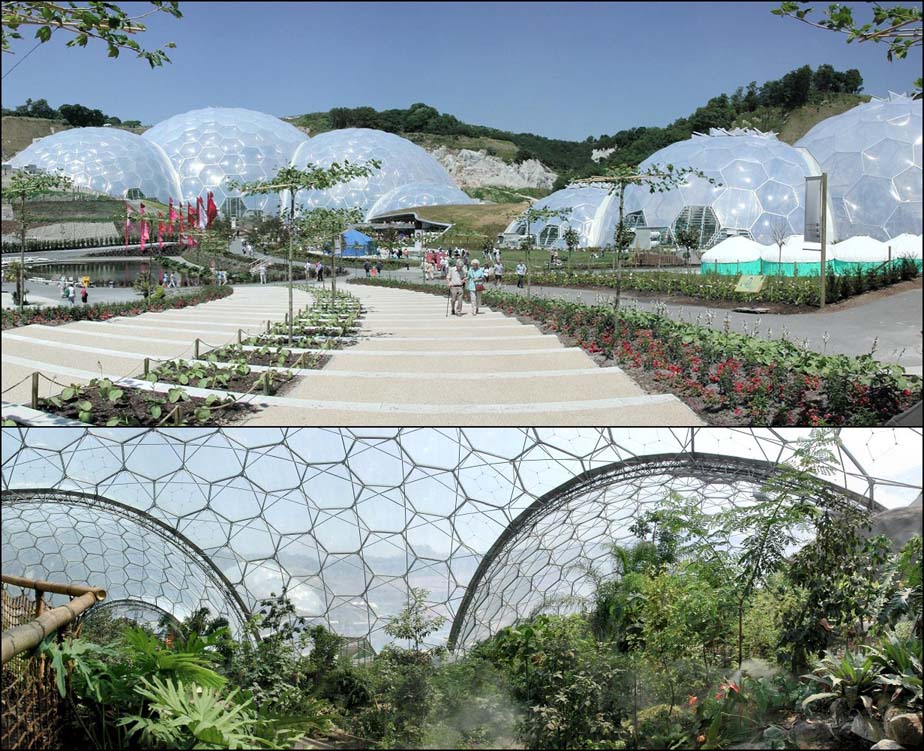
THIS PAST THANKSGIVING long weekend, I remembered Allan Gardens, Toronto's answer to the world-class conservatories of yore. One of my earliest memories is of walking through the greenhouses with my mother as a young child. So on Monday I asked my mom to come downtown again and take me for another walk in the indoor park, thirty years later. It was wonderful, we had a great time marveling over the enormous trees and the colourful leaves. And now I have a much better sense of what's possible in the way of living walls: if we can harness the energy surplus that we extract from the environment but use it intelligently, then we can create true cornucopias of fresh vegetables all winter long, from the comfort of our kitchens. It's absolutely amazing!
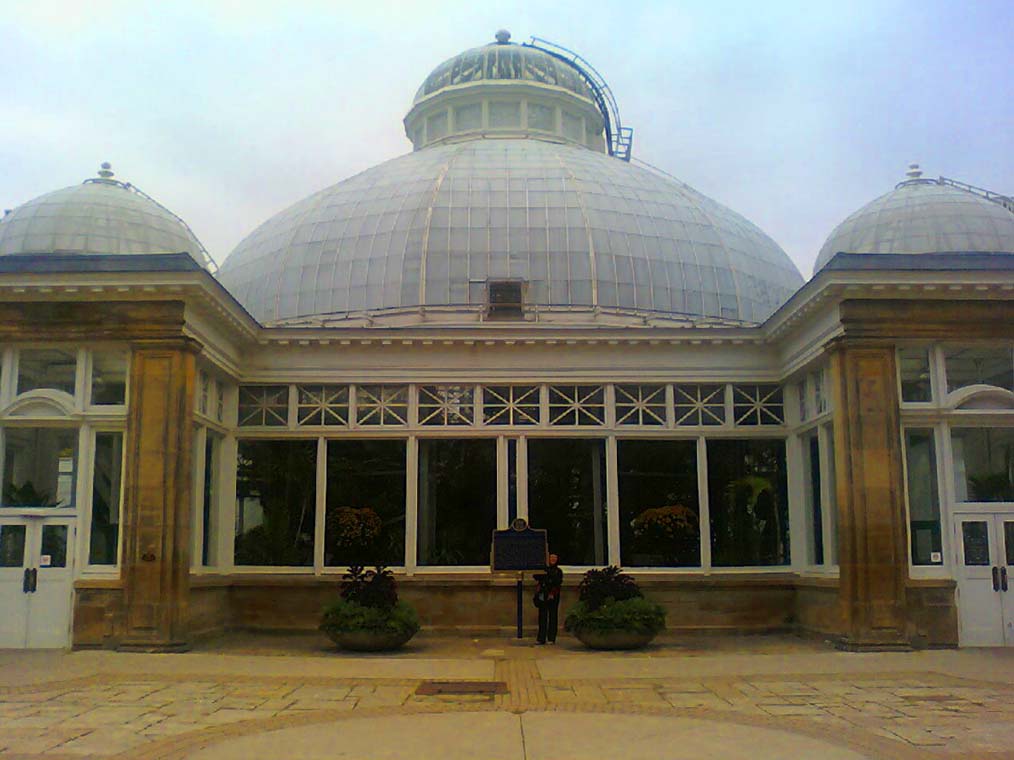
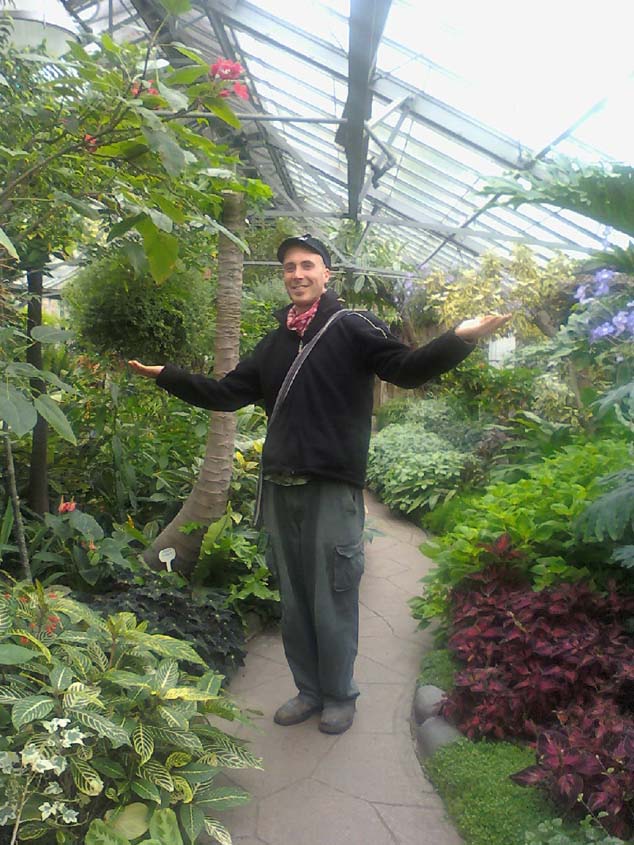
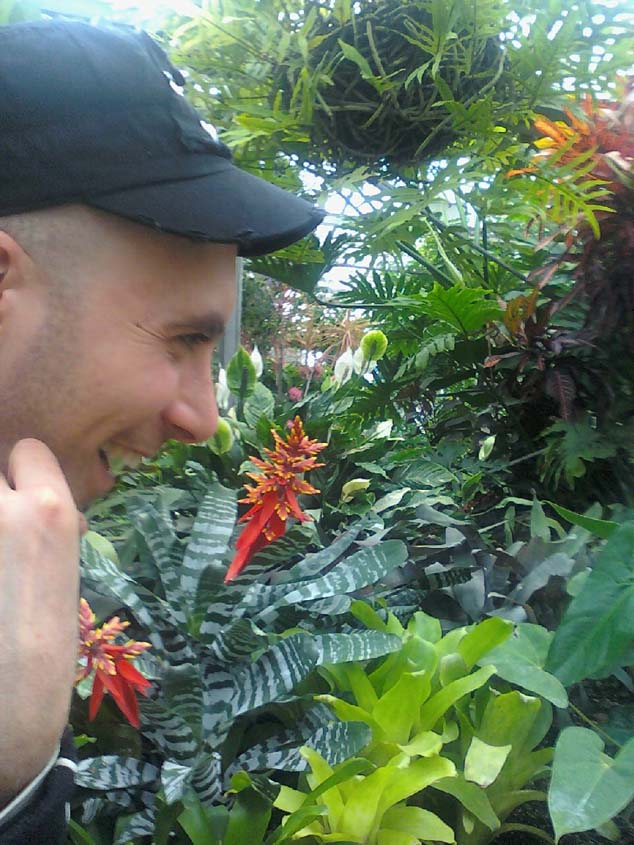
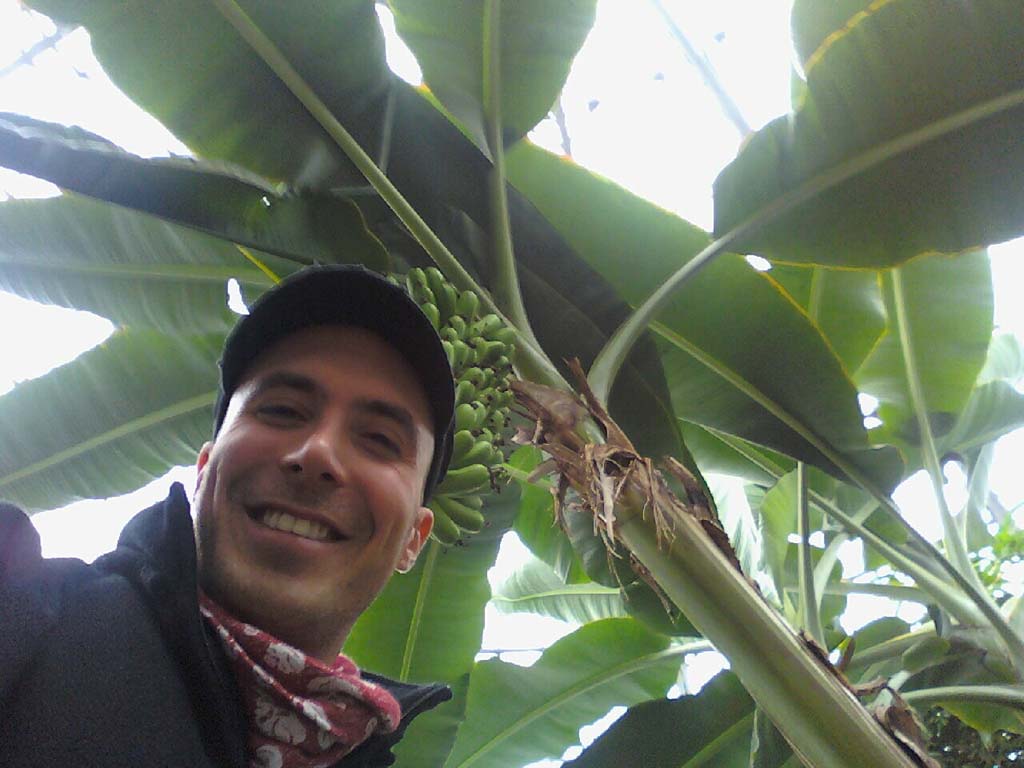
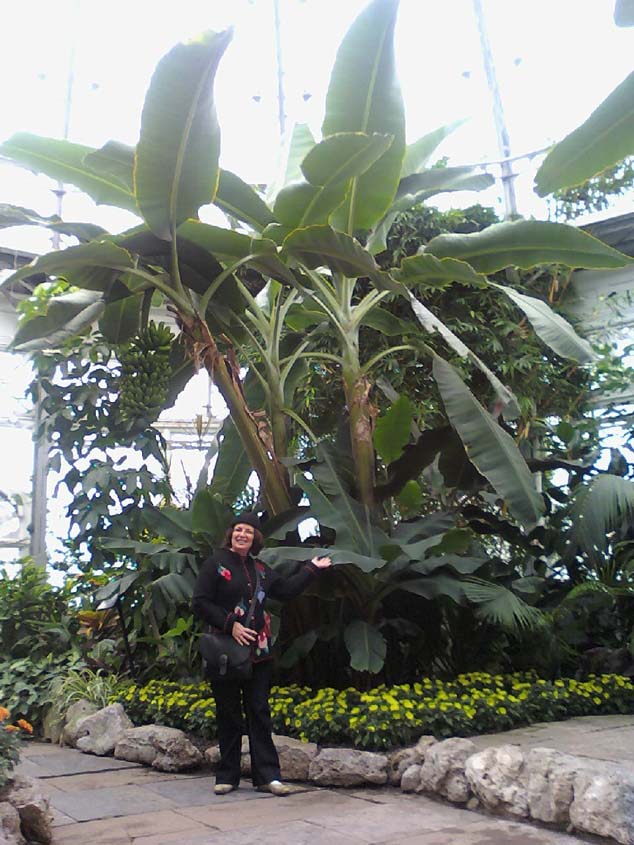
|

